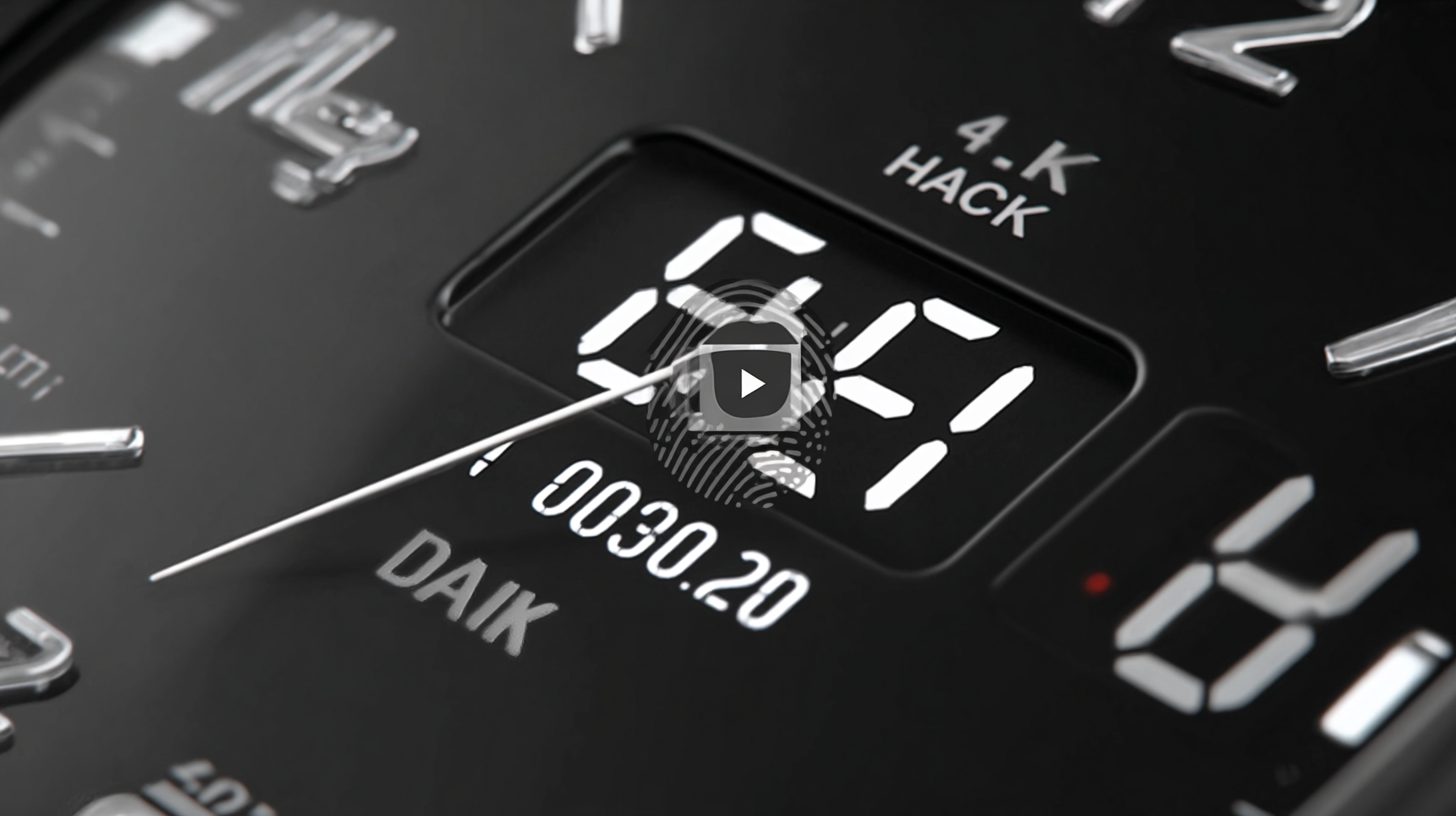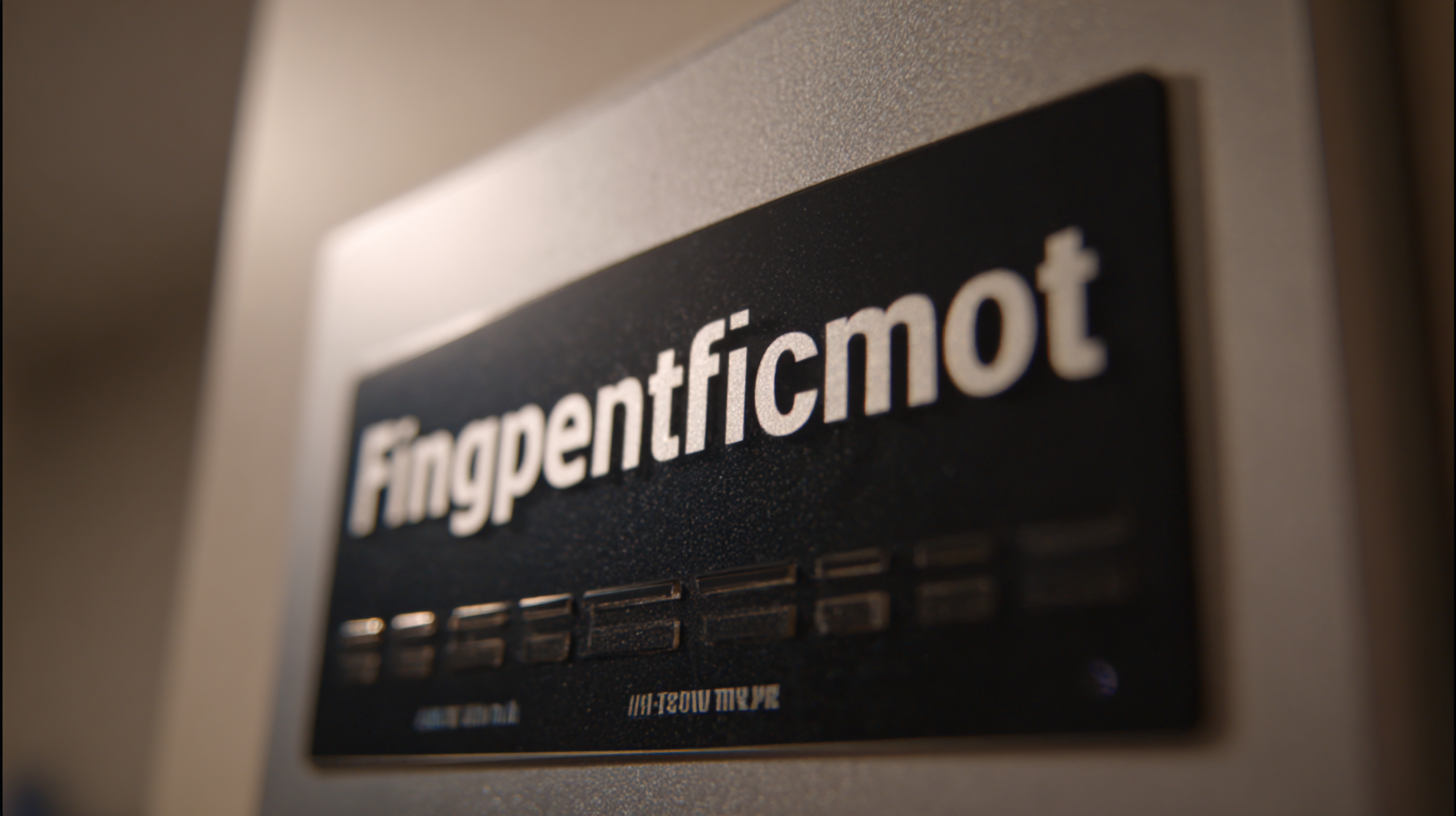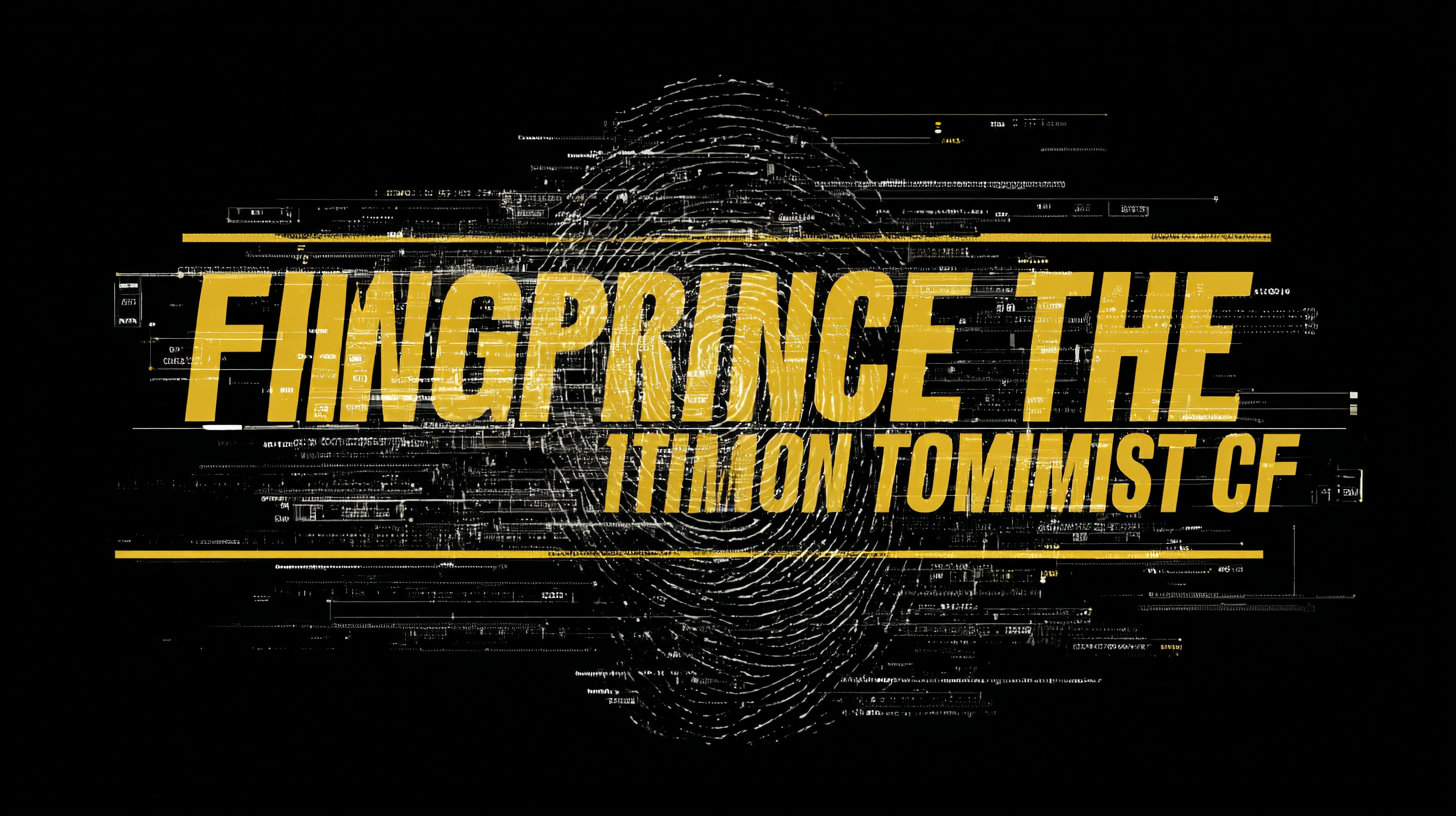What Is the Future of Time Management with the Best Fingerprint Time Clock
 As businesses continue to evolve in the digital age, effective time management has become crucial for enhancing productivity and optimizing workforce efficiency. One innovative solution that has gained traction is the Fingerprint Time Clock, which offers not only accuracy in tracking employee hours but also streamlined processes for attendance management.
According to a report by Technavio, the global biometric time and attendance system market is expected to grow at a CAGR of over 12% from 2021 to 2025, driven by increasing demand for automation in workforce management. This shift highlights the importance of reliable after-sales service and maintenance costs associated with technology upgrades for companies investing in such advanced systems.
In this context, understanding the future of time management with the Fingerprint Time Clock becomes essential for organizations aiming to harness the full potential of their human resources while ensuring manageable operational expenditures.
As businesses continue to evolve in the digital age, effective time management has become crucial for enhancing productivity and optimizing workforce efficiency. One innovative solution that has gained traction is the Fingerprint Time Clock, which offers not only accuracy in tracking employee hours but also streamlined processes for attendance management.
According to a report by Technavio, the global biometric time and attendance system market is expected to grow at a CAGR of over 12% from 2021 to 2025, driven by increasing demand for automation in workforce management. This shift highlights the importance of reliable after-sales service and maintenance costs associated with technology upgrades for companies investing in such advanced systems.
In this context, understanding the future of time management with the Fingerprint Time Clock becomes essential for organizations aiming to harness the full potential of their human resources while ensuring manageable operational expenditures.
The Evolution of Time Management Tools in the Digital Age
In the digital age, time management tools have evolved dramatically, adapting to the needs of modern workplaces. According to a study by the American Psychological Association, 60% of employees report feeling overwhelmed by time pressures, highlighting the importance of effective time management solutions. Traditional methods, such as punch clocks and manual timesheets, are being replaced by advanced technologies like fingerprint time clocks that leverage biometric data for accuracy and security. These innovations not only streamline the attendance process but also enhance productivity by reducing instances of time theft and buddy punching.
The adoption of digital time management solutions has intensified, with a report from TechJury indicating that the global time tracking software market is expected to reach $1.36 billion by 2025. This shift reflects the growing recognition of the relationship between time management and organizational efficiency. As companies increasingly adopt remote and hybrid work models, tools that offer real-time tracking and analytics are becoming essential. Fingerprint time clocks exemplify this trend, providing irrefutable, precise attendance records that empower managers to make informed scheduling and staffing decisions. In an era where time is a valuable commodity, the evolution of these tools is paving the way for smarter work environments.
Future of Time Management Tools
Understanding Fingerprint Time Clocks: Features and Benefits
Fingerprint time clocks are revolutionizing the way businesses approach time management by offering a more efficient, secure, and user-friendly solution compared to traditional methods. These advanced devices utilize biometric technology to accurately record employee attendance, minimizing the risk of buddy punching and time fraud. With each employee’s unique fingerprint serving as their identity, businesses can ensure precise tracking of work hours, which in turn enhances payroll accuracy and employee accountability.
In addition to their security features, fingerprint time clocks come with a range of benefits that make them an attractive option for various organizations. Many models are equipped with user-friendly interfaces and cloud-based systems that allow for real-time data access and reporting. This connectivity enables managers to monitor attendance from any location, simplifying the process of tracking employee hours. Moreover, the integration of such systems with existing payroll and HR software can streamline operations, ultimately saving time and reducing administrative costs. As time management continues to evolve, fingerprint time clocks stand out as a reliable solution that aligns with modern workforce needs.

How Fingerprint Technology Enhances Employee Accountability
In today's fast-paced work environment, employee accountability has become more crucial than ever. One of the most innovative solutions to enhance this aspect is the use of fingerprint time clocks. These advanced tools provide an accurate and reliable way to track employee attendance and working hours. By utilizing biometric technology, fingerprint time clocks eliminate the chances of buddy punching, where one employee clocks in for another. This not only ensures that each employee is present but also fosters a sense of personal responsibility regarding time management.
Fingerprint technology also contributes to a more transparent workplace culture. Employees can feel more secure knowing that their attendance is being tracked accurately, which can lead to increased motivation and productivity. When accountability is paired with technology, businesses can analyze attendance data effectively, identifying patterns that can inform management decisions. By investing in such dependable timekeeping solutions, organizations not only enhance accountability but also cultivate an atmosphere of trust, where every individual understands their role in contributing to the team's success.
What Is the Future of Time Management with the Best Fingerprint Time Clock - How Fingerprint Technology Enhances Employee Accountability
| Dimension | Details |
|---|---|
| Technology Type | Fingerprint Time Clock |
| Accuracy Rate | 99.9% |
| Employee Engagement | Improved |
| Administrative Efficiency | Increased by 30% |
| Reduction in Time Theft | 60% |
| Integration Capability | Compatible with HR Software |
Future Trends in Time Tracking Solutions for Businesses
As businesses navigate the evolving landscape of time management, the adoption of advanced time tracking solutions is becoming increasingly crucial. According to recent industry reports, the asset tracking market, which encompasses both hardware and software components, is projected to reach a market size of over $40 billion by 2025. This significant growth reflects the rising need for organizations to accurately monitor employee attendance and productivity in real-time, thereby optimizing operational efficiency.
One of the most notable trends is the integration of biometric technologies, such as fingerprint time clocks, which contribute to enhanced security and accuracy in time tracking. In fact, analytics suggest that companies employing such solutions report a 20-30% reduction in missed clock-ins and inconsistencies. With technology like Radio Frequency Identification (RFID) becoming more mainstream, businesses are empowered to streamline their employee management practices further. As we look ahead, these innovations will undoubtedly shape the future of time management, ensuring that organizations remain competitive and agile in a fast-paced environment.
Integrating Fingerprint Time Clocks into Your Workplace System
Integrating fingerprint time clocks into your workplace system represents a significant leap forward in time management. In 2025, as more companies shift towards automated solutions, fingerprint recognition technology will become a pivotal component in attendance systems. By seamlessly capturing employees' clock-in and clock-out times, these systems not only reduce the risk of time theft but also ensure precise tracking of working hours. Reports indicate that businesses implementing biometric solutions can save up to 30% on labor costs by eliminating manual time tracking errors.

For companies looking to implement or upgrade their time management systems, adopting a fingerprint time clock can be transformative. These devices interface effectively with various scheduling and payroll software, facilitating smoother operations. When selecting a biometric solution, it’s crucial to assess compatibility with current systems to ensure a seamless integration process.
Tips:
1. Evaluate the scalability of the fingerprint time clock to accommodate future workforce expansions.
2. Ensure robust data security measures are in place to protect sensitive employee information during the clock-in/out process.
By prioritizing these factors, businesses can set themselves up for long-term success in time management.